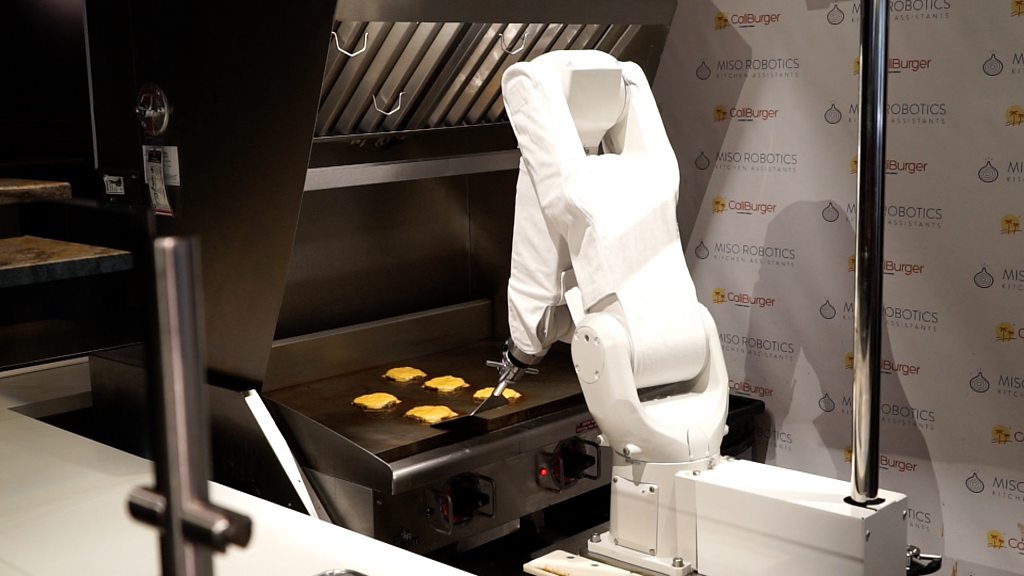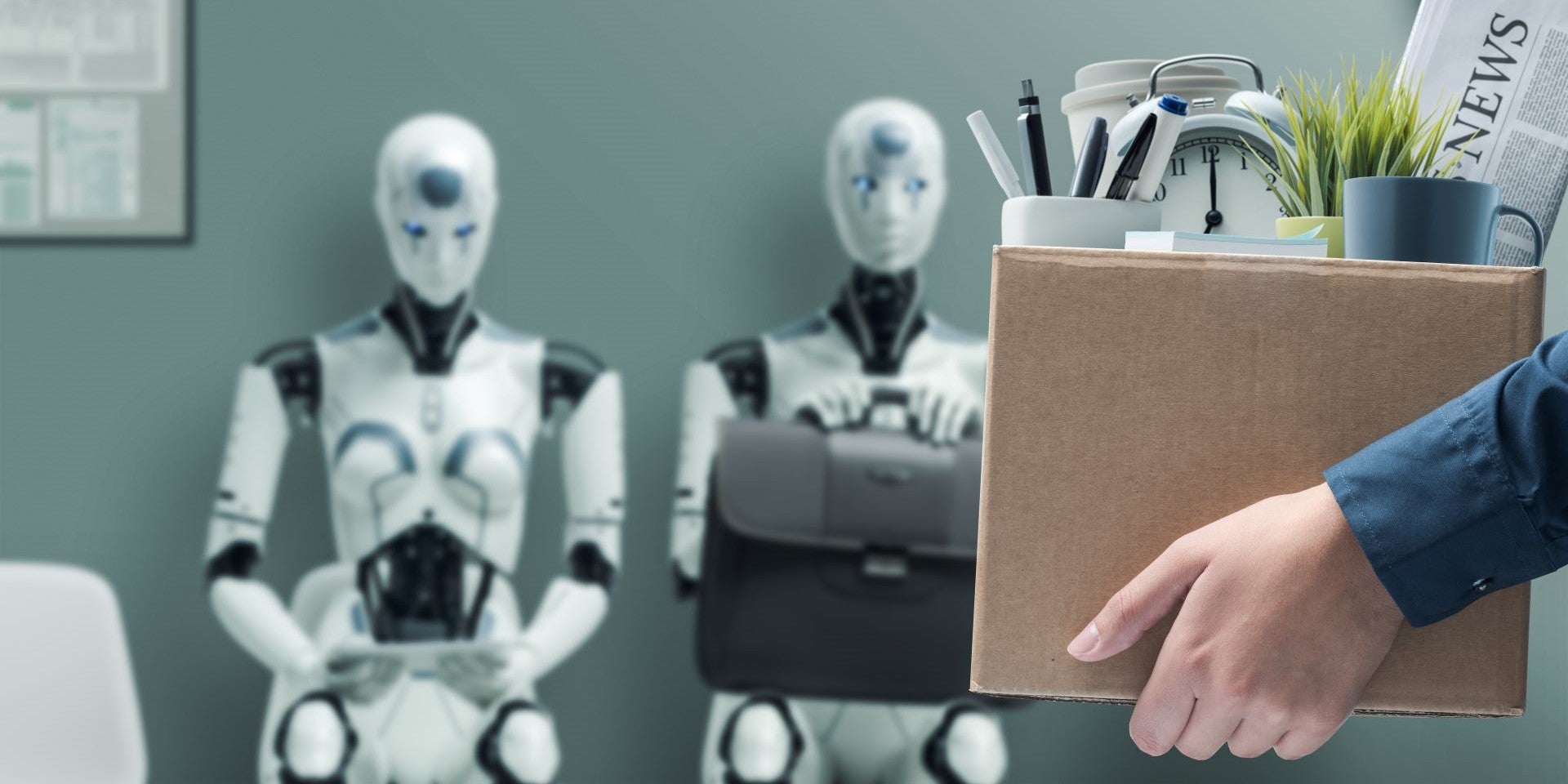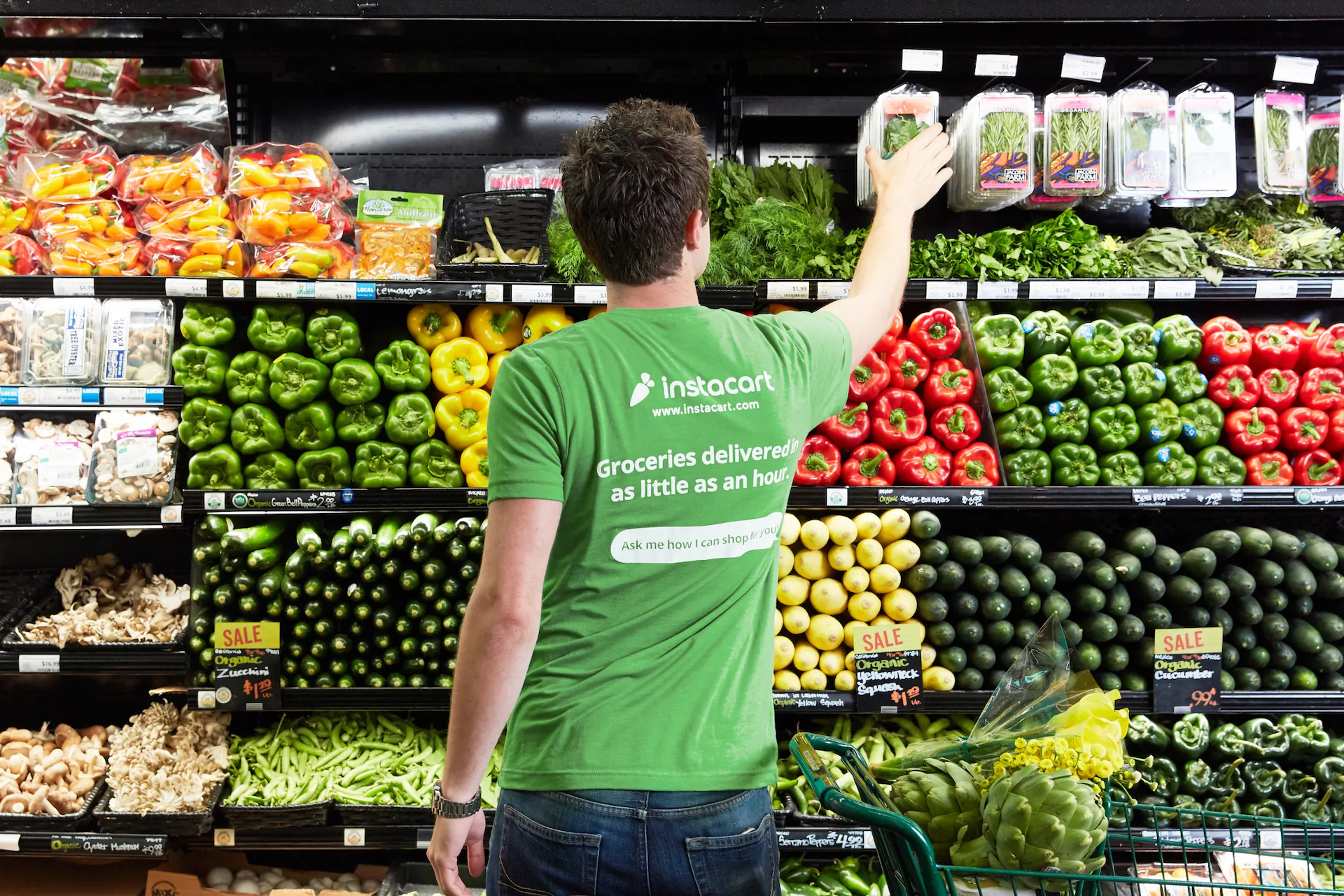This article was co-authored by Pablo Garcia Quint, a Tech and Innovation Policy Fellow at Libertas Institute.
When people talk about AI “taking jobs,” they usually stop at the headlines. The narrative is often flattened into a simple story about winners and losers, with little nuance about how work actually changes. But behind buzzwords are real economic theories – frameworks that help us understand which jobs shift, why they shift, and what skills matter most in that process.
To get a clearer view of what’s changing, we need to look beyond the headlines and examine the nature of work itself. Some tasks lend themselves to automation, while others remain stubbornly human, requiring adaptability and contextual judgment.
Tech-driven disruptions have sparked panic before, but the doomsday predictions have almost always been wrong. Sure, some jobs took a hit, but society didn’t collapse. Instead, people gained access to better, more affordable goods and services. That’s why when we talk about jobs affected by AI, the starting point should be perspective — not panic.
To understand who’s affected, we need to zoom in on skills and tasks, not just job titles.
MIT economist David Autor developed the framework for thinking about this. His research shows that jobs made up of routine tasks—those that follow set procedures and are easily codified—are the most likely to be automated. Think of factory line work, basic data entry, or even some bookkeeping roles. These jobs are often predictable and repetitive, making them prime targets for machines
In contrast, non-routine work has been more resilient. On one end, you have roles like doctors, engineers, and lawyers that rely on abstract thinking and problem-solving. On the other, you have hands-on jobs like electricians, cooks, or construction workers that require real-world judgment, adaptability, and physical interaction with complex environments. These are the kinds of jobs that can’t be easily broken into repeatable steps—and that’s why they’ve continued to grow. Even as AI improves, it will continue to struggle to replicate these tasks.
Past attempts to automate these types of skills have repeatedly encountered the limitations of what machines can accomplish in the real world. For example, burger-flipping robots have struggled to keep up with orders, causing delays, while security robots have malfunctioned—one even fell into a fountain after failing to detect its surroundings. These failures point to what British philosopher Michael Polanyi called “tacit knowledge,” know-how that’s difficult to encode or replicate in machines.

This holds for jobs requiring abstract skills, too. Surgeons, trial lawyers, and engineers rely on years of experience and context-specific expertise—traits that are hard to automate. These roles are likely to persist because they involve complex skill sets that algorithms still can’t match.
Economist Daron Acemoglu adds another angle. His work suggests that technology’s effects aren’t uniform—lower-skilled roles can face more disruption, potentially affecting wages and widening inequality. His model has its skeptics, but it nudges us to focus on skills, not job titles, when thinking about AI’s effects. This matters because technological change unfolds gradually. One key reason we haven’t seen mass unemployment is that technologies like AI take time to implement. Beyond technical investment, companies need clear rules, the right incentives, and minimal regulatory barriers.
But even when those conditions are met, companies need major changes in how they operate. They must redesign workflows, retrain employees, and integrate new systems. That means most transitions happen gradually. As some roles shrink, new ones appear. Entire categories of work take shape, and overall productivity improves.
Just as machinery once made it easier to plant more crops and expand agricultural output, AI has the potential to make many jobs easier and some careers less burdensome. The key to understanding this shift lies not in identifying which jobs will disappear, but in recognizing which skills are most vulnerable to automation.
With the right policies, training programs, and time to adjust, the workforce can evolve alongside technological change. There are some initiatives already being proposed to start moving this way. So, instead of fearing displacement, we should focus on shaping it in ways that expand opportunity, allowing AI to deliver its full potential, increased productivity, and the broader economic benefits it promises.







